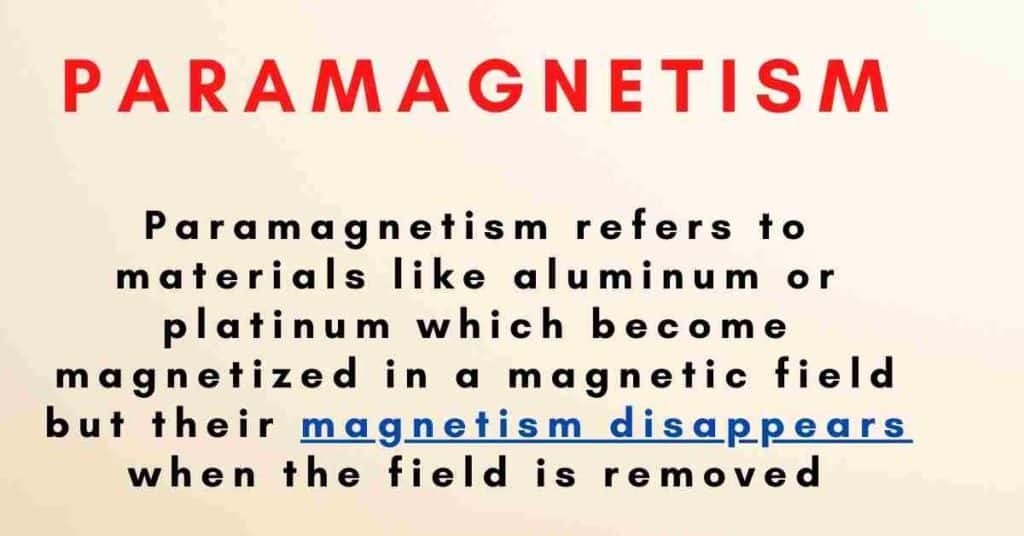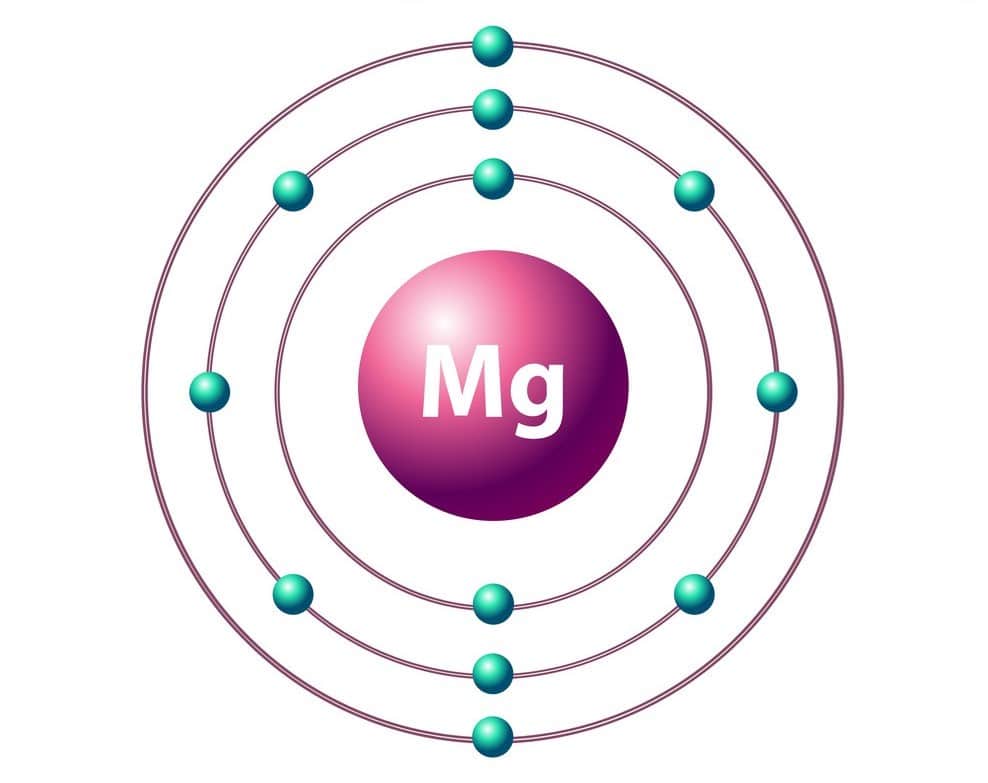Paramagnetic materials are metals that are weakly attracted to magnets. Aluminum, gold, and copper are among them. These compounds’ atoms include electrons, the majority of which spin in the same direction, but not all. This imparts polarity to the atoms. Because some of the atoms may be turned to point their poles in the same direction, these metals can form very weak magnets.
Examples of paramagnetic materials include tungsten, cesium, aluminum, lithium, magnesium, and sodium.

Table of Contents
What are Paramagnetic Materials?
Paramagnetic materials are metals that are only weakly attracted to magnets. Among them are aluminum, gold, and copper. These substances’ atoms contain electrons, the majority of which spin in the same direction… but not all. This imparts polarity to the atoms. Because some of the atoms may be rotated to point their poles in the same direction, these metals can form very weak magnets. Only sensitive devices can quantify their attracting force.
The Properties of Paramagnetic Materials
- Paramagnetic materials tend to move from lower field strength to higher field strength in the presence of a magnetic field. That is, such materials are only weakly attracted by the magnetic field.
- When a paramagnetic substance is put in a magnetic field, the magnetic lines of force tend to bend slightly and pass through the material.
- The magnetic induction B of a paramagnetic material is slightly larger than the applied magnetic field intensity H.
- The value of the permeability of a paramagnetic material is slightly larger than I.
How does Paramagnetism Work?
The existence of at least one unpaired electron spin in a material’s atoms or molecules causes paramagnetism. In other words, any substance containing atoms with partially filled atomic orbitals is paramagnetic. The unpaired electrons have a magnetic dipole moment due to their spin. Each unpaired electron functions as a small magnet within the substance.
When an external magnetic field is supplied, the electrons’ spins align with the field. Because all of the unpaired electrons align in the same direction, the material is drawn to the field. The spins revert to their randomized orientations when the external field is withdrawn.
The magnetization roughly follows Curie’s rule, which says that magnetic susceptibility is inversely proportional to temperature:
M = χH = CH/T
where M denotes magnetization, M susceptibility, H the auxiliary magnetic field, T the absolute (Kelvin) temperature, and C the material-specific Curie constant.
Frequently Asked Questions
1. Is aluminum magnetic?
Aluminum (United States English), also known as Aluminum (British English), is not magnetic under normal conditions, owing to its crystal structure. Along with other metals like magnesium and lithium, it’s classified as a paramagnetic substance.
In other words, aluminum is not magnetic; nevertheless, in the presence of an external magnetic field, aluminum becomes “slightly” magnetic as its electron aligns with the magnetic field.
2. Is titanium magnetic?
Titanium, being a paramagnetic substance, is only weakly attracted to magnets. The presence of four unpaired electrons in its electrical structure is the primary cause of its paramagnetic characteristics.
Related Links
- BCl3 Lewis Structure in four simple steps - November 1, 2023
- PH3 Lewis Structure in four simple steps - October 8, 2023
- PF3 Lewis structure in four simple steps - September 24, 2023



